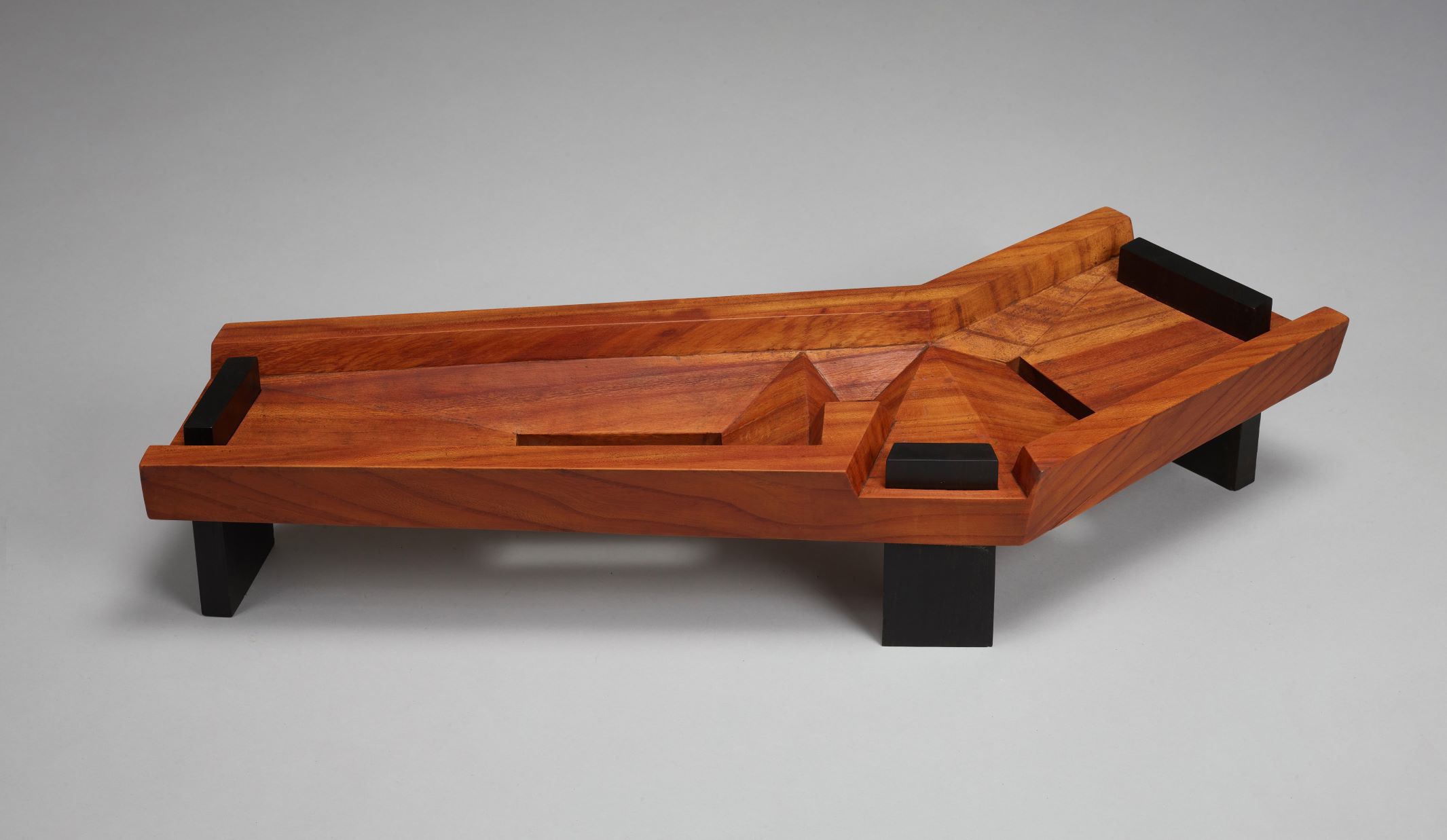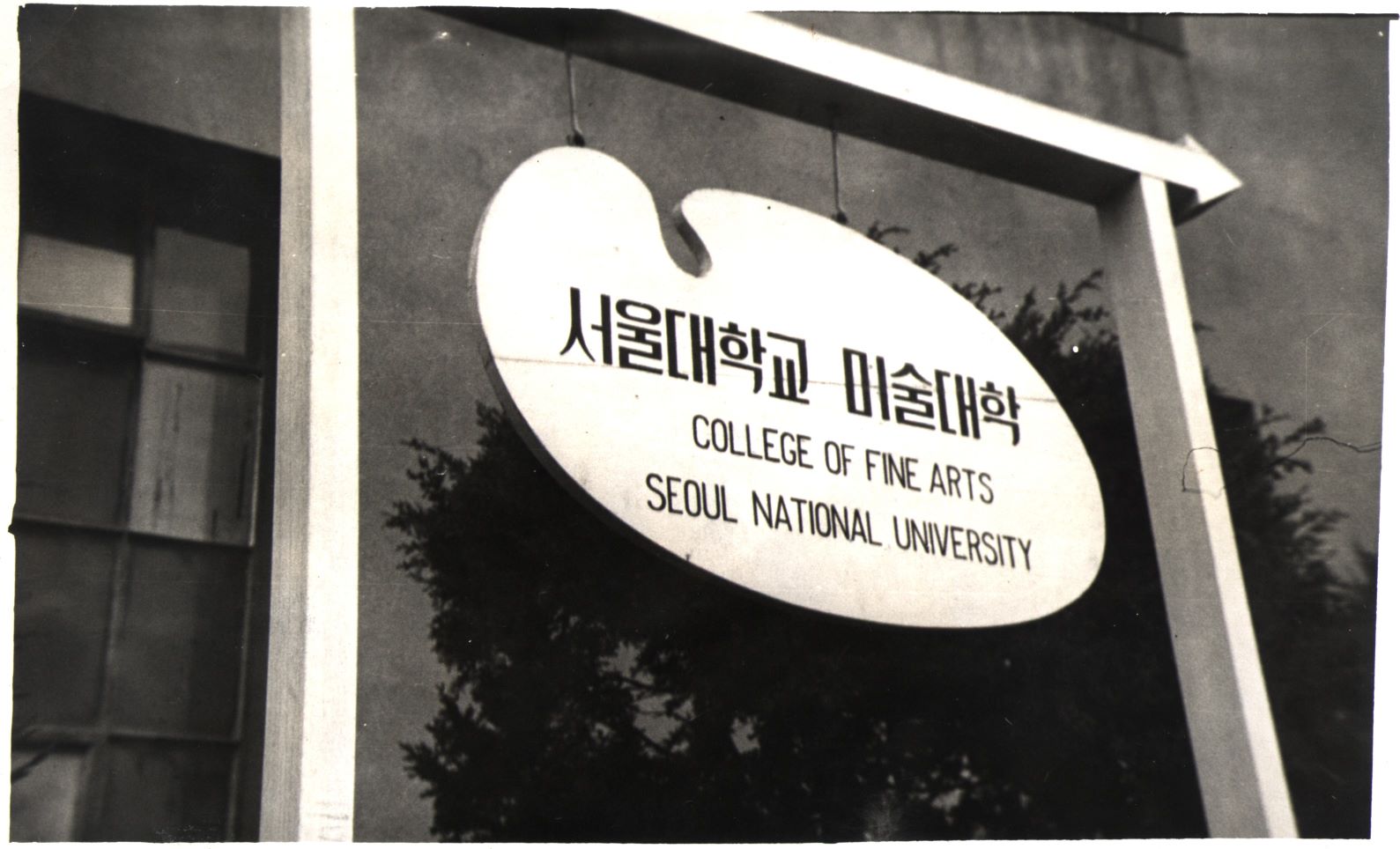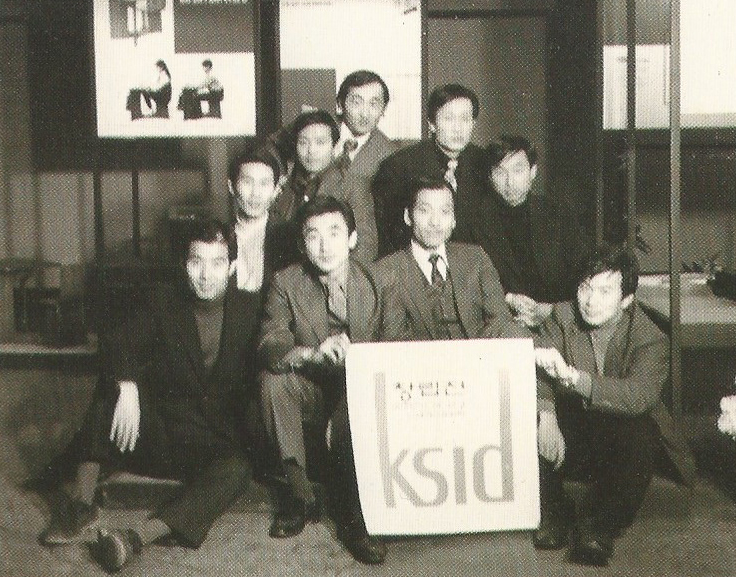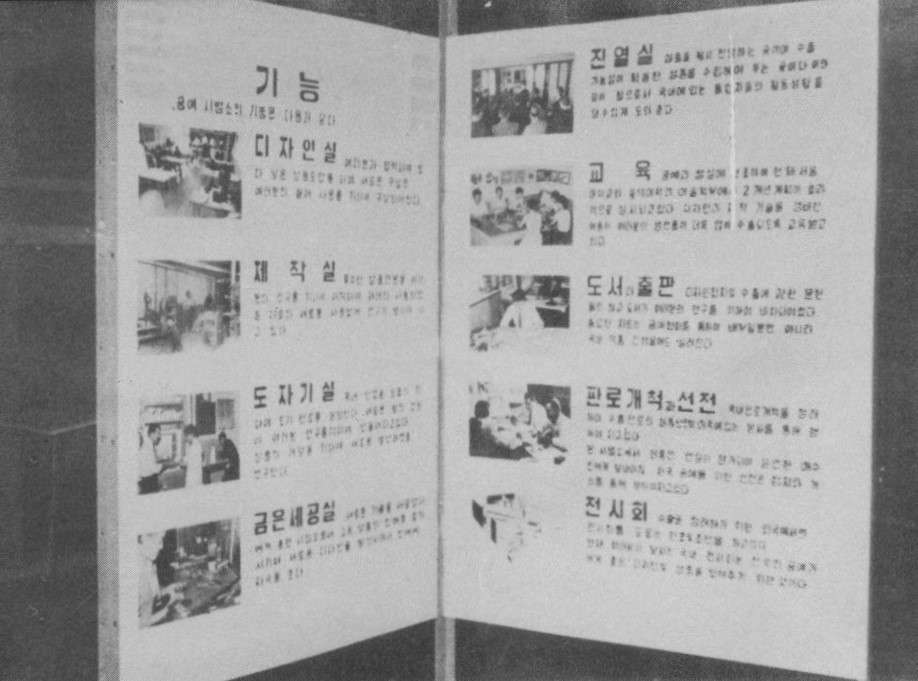
Min Chulhong, Wooden Fruit Plate, 1964, Wood, 20x72.5x14.5cm. MMCA collection
Min Chulhong
* Source: MMCA
Related
-

College of Arts at Seoul National University
The College of Fine Arts of Seoul National University is located in Sillim-dong, Gwanak-gu, Seoul. According to the Decree on the Establishment of Seoul National University, the College of Art including the Department of Fine Arts and the Department of Music was founded in August 1946 at Seoul National University. The Department of Fine Arts consisted of sub-departments of Painting I, Painting II, Sculpture, and Design. It was organized by Chang Louis Pal and Lee Soonsuk. Chang Louis Pal had served as head of the Education and Management Bureau in the U.S. Army Military Government in Korea (USAMGIK) in Korea since December 1945. Lee Soonsuk assumed practical tasks as an advisor to the art section of the USAMGIK from 1946 when the Education and Management Bureau was changed to the Ministry of Culture and Education. In 1946, there were nine faculty members at the Department of Fine Arts in the College of Art: Chang Louis Pal, Kim Yongjun, Gil Jinseop, and Lee Jaehun as professors; Yun Seung-uk and Lee Soonsuk as associate professors; and Kim Whanki, Chang Woosoung, and Lee Byeonghyeon as assistant professors. However, after the incident of Korean students and professors’ protest against the U.S.’s attempt to merge several colleges and universities into a single university, Kim Yongjun, Gil Jinseop, and Kim Whanki resigned. In 1954, the College of Art was reorganized into the College of Fine Arts with three departments of painting, sculpture, and applied art. The Department of Aesthetics, which had temporarily belonged to the College of Fine Arts since 1948, was transferred to the College of Liberal Arts and Sciences in 1960. In 1963, according to the relocation plan of the Seoul National University main school building, the College of Fine Arts was moved to the former veterinary department building in Yeongeon-dong, Jongno-gu. In 1972, it was moved to the liberal arts department building in Hagye-dong, Seongbuk-gu, and then in 1976, to the current Gwanak campus. In 1981, the three departments of painting, sculpture, and applied art were reorganized into the five departments of Eastern painting, Western painting, sculpture, crafts, and industrial art. In 1989, the Department of Industrial Art was renamed the Department of Industrial Design, and in 1999, the Department of Crafts and the Department of Industrial Design were merged into the School of Design. Currently, the College of Fine Arts consists of the Department of Oriental Painting, Department of Painting, Department of Sculpture, Department of Craft, Department of Design, and Interdisciplinary Programs.
-

Korea Association of Industrial Designers
The Korea Association of Industrial Designers (Hanguk saneop dijaineo hyeophoe, KAID) is a private association and corporation founded in 1993 with the merger of three organizations involved in industrial design. These three organizations are the Korea Industrial Designers Association (INDDA) affiliated with the Korea Designer’s Council (Hanguk dijaineo hyeopuihoe, KDC) founded in May 1972 at the initiative of Park Daesun, a leading design educator; the Korean Industrial Designers Association (the Korean Society of Industrial Designers (KSID) at the time of its founding) established in June 1972 by Min Chulhong and eight other designers (Lee Sunhyeok, Bu Sueon, Kim Gilhong, An Jongmun, Bae Cheonbeom, Choe Daeseok, Kim Cheolsu, and Min Gyeongu); and the Korean Industrial Design Company Association (KIDCA) founded in 1991. They were merged in August 1993 and launched as the Korea Association of Industrial Designers (KAID). After the merger, An Jongmun became the interim president, and at the board meeting held in April 1994, Bu Sueon was elected as the first president. Shortly after its launch in 1993, the KAID joined the International Council of Societies of Industrial Designers (ICSID, currently World Design Organization, WDO). In 2001, it co-hosted the ICSID 2001 Seoul Congress with the Korea Institute of Design Promotion. In 1997, the KAID established the Korea Industrial Design Award and renamed it as the Pinup Design Award in 2008. In 1999, it formed the Asia Designers Assembly (ADA) together with the Japan Industrial Designer Association (JIDA) and the China Industrial Design Association (CIAD). The assembly continues to this day. In 2011, it launched the Korea Society of Industrial Design (KSID) in order to bridge the gap between the field and academia in the design world.
-

Korean Handicraft Demonstration Center
An organization for the development of the craft industry that formed in 1956, with the support of the International Co-operation Administration (ICA) of the United States. The ICA was one of the programs launched in 1955 to support developing countries, and it aimed to improve and foster the craft industry of Korea. Smith, Scherr & McDermott Industrial Design, an American firm in Akron, Ohio, led the establishment of the center on the fourth floor of the Central Industry building in Taepyeong-ro. The primary activities of the center included the survey of handicrafts and light industry in Gyeongnam, Jeonbuk, and Jeonnam; the improvement of design in crafts such as woodworking, ceramics, and metalworking; the establishment of crafts departments in universities and industrial design courses; and on-site training. The center was transferred to the Seoul National University College of Fine Arts in 1960, and it closed in May 31, 1960, when the contract with the Korean government expired. The center was instrumental in implementing American design education and the concepts of industrial design in Korea.






